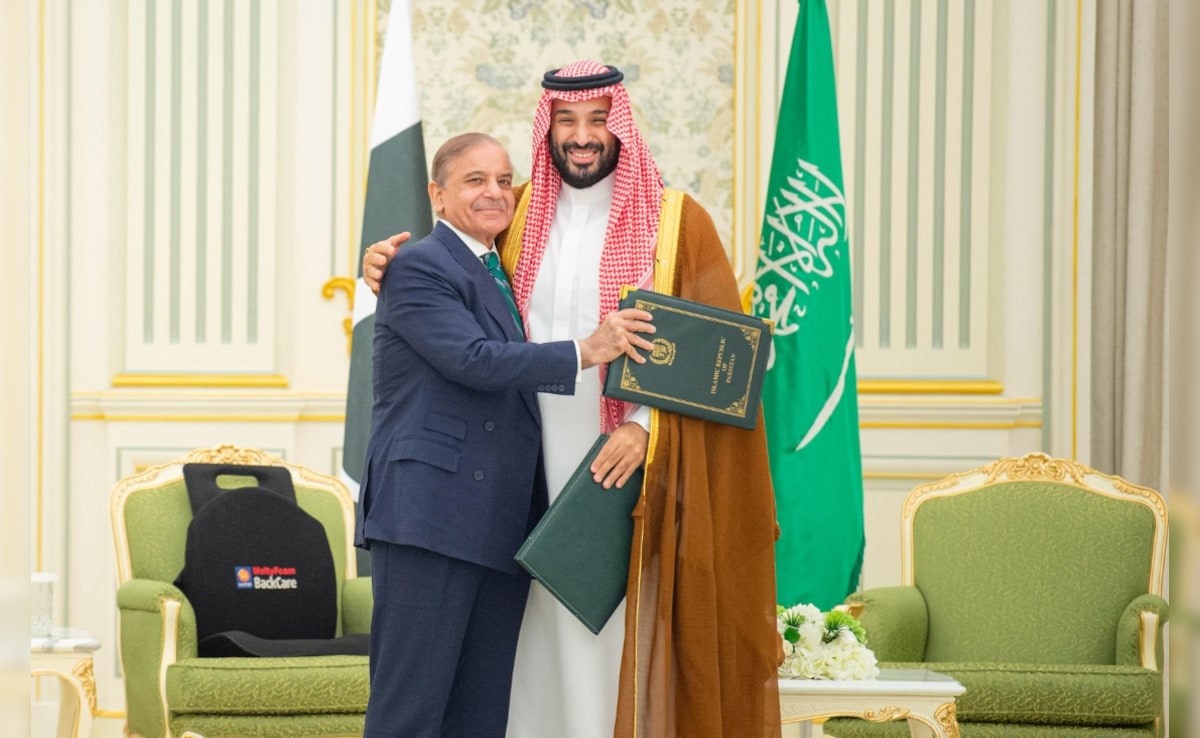Russian forces, according to Ukraine and rights groups, also used cluster munitions in strikes on Kharkiv, the country’s second-largest city and the center of intense fighting between Ukrainian and Russian forces in recent days.
Videos shared on social media show Russian launchers for thermobaric weapons, often called “vacuum” weapons, rolling down Ukrainian streets. A CNN team reported seeing a Russian thermobaric rocket launcher south of Belgorod, Russia, near the Ukrainian border, on Saturday. And Oksana Markarova, Ukraine’s ambassador to the United States, accused Russia of using “vacuum bombs” in its invasion.
“We have seen videos of Russian forces moving exceptionally lethal weaponry into Ukraine. That includes cluster munitions and vacuum bombs — the use of which directed against civilians is banned under the Geneva Conventions,” U.S. Ambassador to the United Nations, Linda Thomas-Greenfield, said in remarks at the U.N. Wednesday.
It remains unclear whether Russia’s use of the weapons so far would constitute war crimes, since that would depend on a legal question over the extent to which Russian forces minimized risk to civilians.
A senior U.S. defense official, speaking on the condition of anonymity under ground rules set by the Biden administration, said Tuesday that Russia has launcher systems in Ukraine “that could be used for a thermobaric weapon” but that U.S. officials could not confirm the presence or use of such weapons themselves in Ukraine.
The Kremlin denied that the Russian military used cluster or vacuum munitions during the invasion.
Here’s what to know about the weapons, their legality and the threat they pose to civilians.

Cluster munitions: The 9N125 cluster warhead
9M79-series Tochka
ballistic missile
The 9N125 warhead holds 50 smaller, highly explosive fragmentation bombs.
The main missile
is fired toward
the enemy.
It explodes about 7,000 feet in the air, scattering its submunitions.
Each of these submunitions, or smaller bombs, then detonates 3-4 pounds of explosives on impact, scattering fragments of shrapnel in a lethal spray.
Source: Armament Research Services; Military-Today.com
WILLIAM NEFF/THE WASHINGTON POST

Cluster munitions: The 9N125 cluster warhead
The 9N125 warhead holds 50 smaller, highly explosive fragmentation bombs.
9M79-series Tochka
ballistic missile
The main missile
is fired toward
the enemy.
It explodes about 7,000 feet in the air, scattering its submunitions.
Each of these submunitions, or smaller bombs, then detonates 3-4 pounds of explosives on impact, scattering fragments of shrapnel in a lethal spray.
Source: Armament Research Services; Military-Today.com
WILLIAM NEFF/THE WASHINGTON POST

Cluster munitions: The 9N125 cluster warhead
The 9N125 warhead holds 50 smaller, highly explosive fragmentation bombs.
9M79-series Tochka
ballistic missile
The main missile
is fired toward
the enemy.
It explodes about 7,000 feet in the air, scattering its submunitions.
Each of these submunitions, or smaller bombs, then detonates 3-4 pounds of explosives on impact, scattering fragments of shrapnel in a lethal spray.
Source: Armament Research
Services; Military-Today.com
WILLIAM NEFF/THE WASHINGTON POST

Cluster munitions: The 9N125 cluster warhead
The 9N125 warhead holds 50 smaller, highly explosive fragmentation bombs.
9M79-series Tochka
ballistic missile
It explodes about 7,000 feet in the air, scattering its submunitions.
The main missile
is fired toward
the enemy.
Each of these submunitions, or smaller bombs, then detonates 3-4 pounds of explosives on impact, scattering fragments of shrapnel in a lethal spray.
WILLIAM NEFF/THE WASHINGTON POST
Source: Armament Research Services; Military-Today.com
.png)











 English (United States) ·
English (United States) ·  Turkish (Turkey) ·
Turkish (Turkey) ·